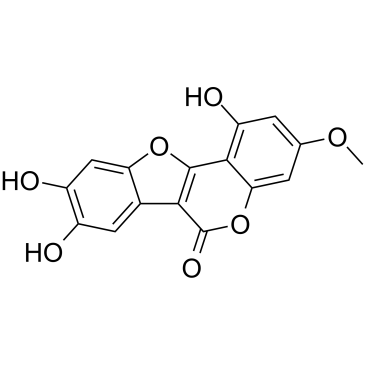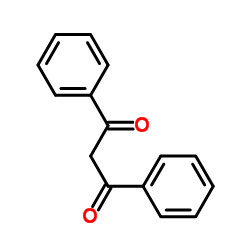| Structure | Name/CAS No. | Articles |
|---|---|---|
 |
wedelolactone
CAS:524-12-9 |
|
 |
1,3-Diphenylpropane-1,3-dione
CAS:120-46-7 |